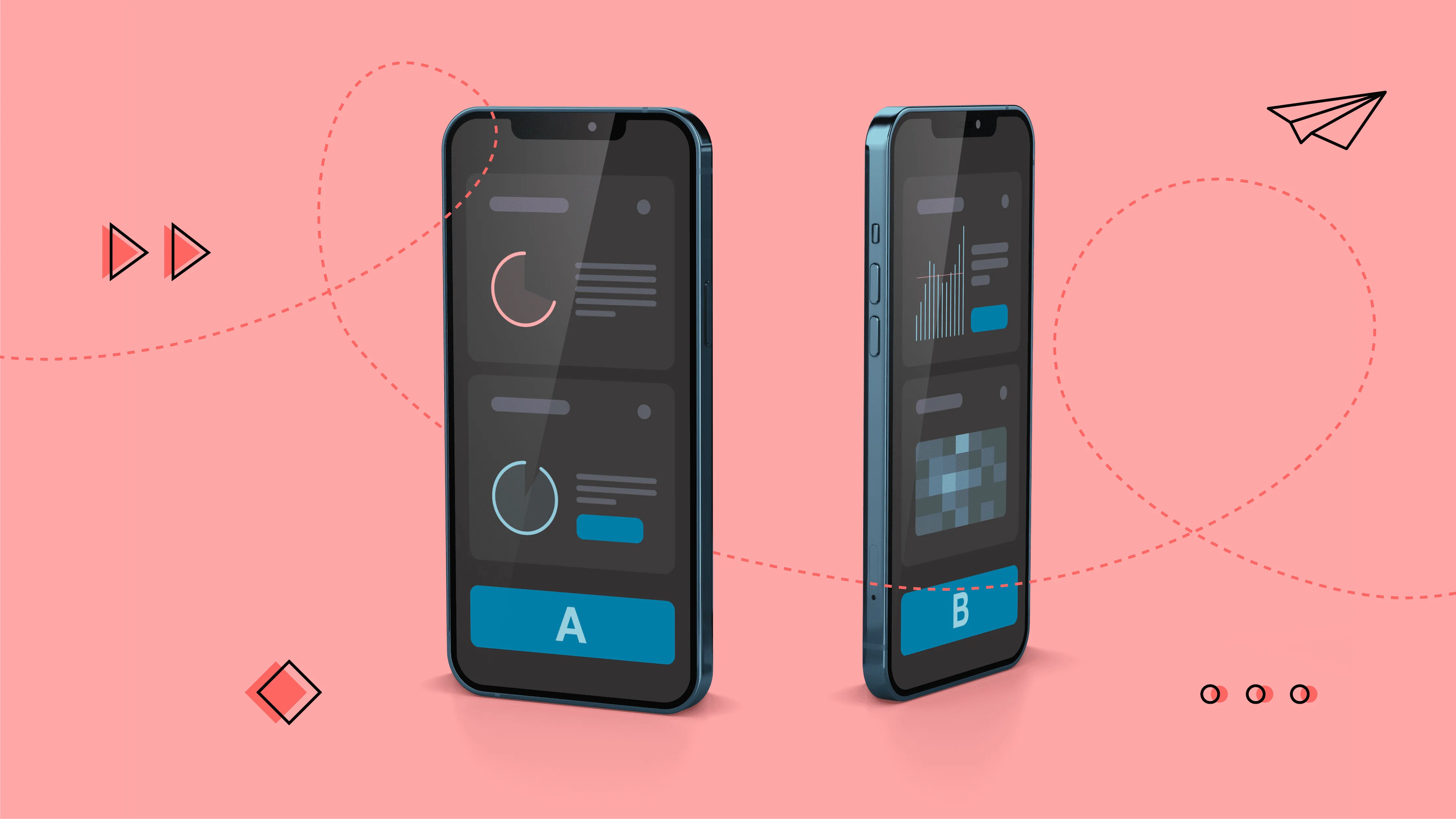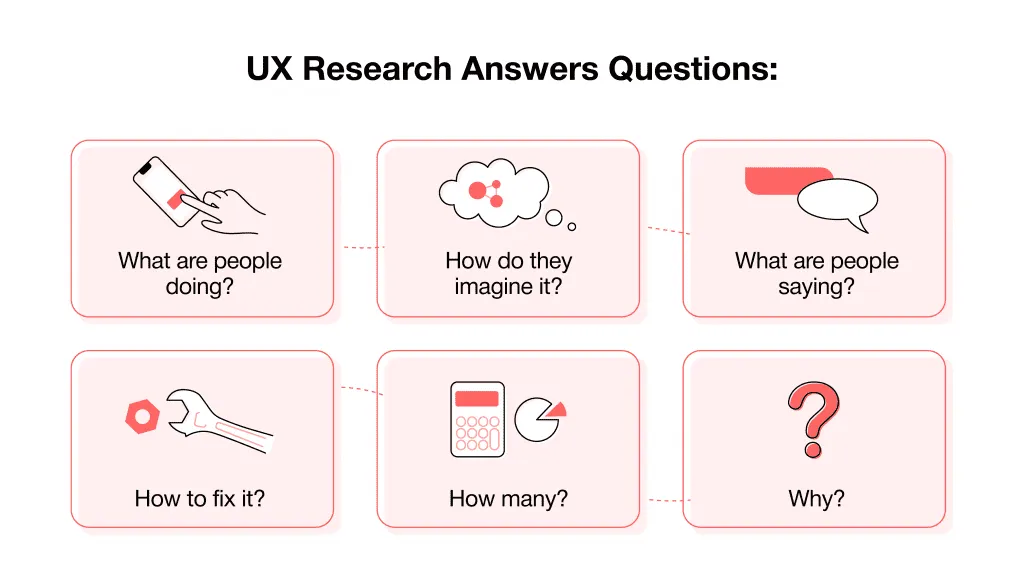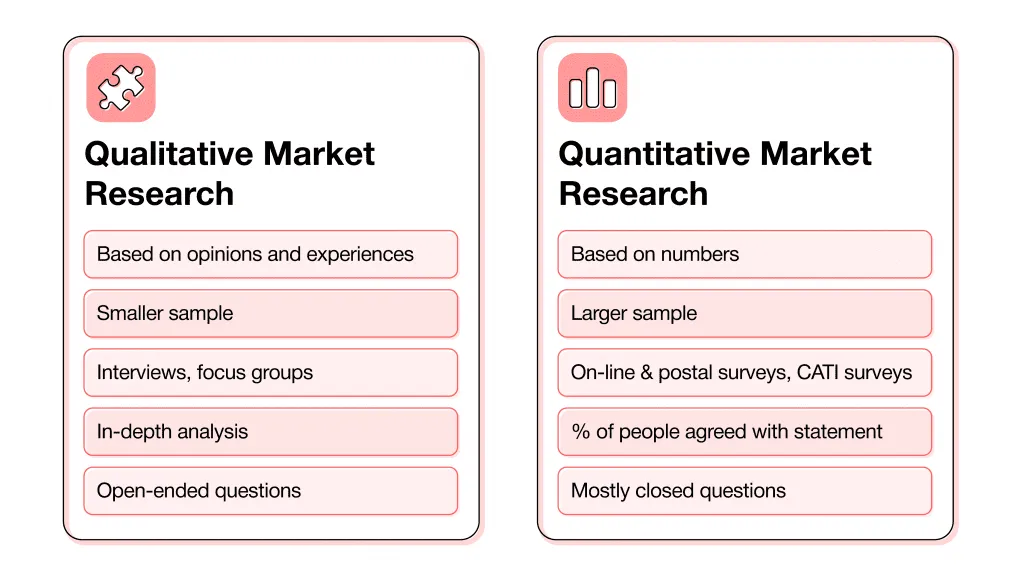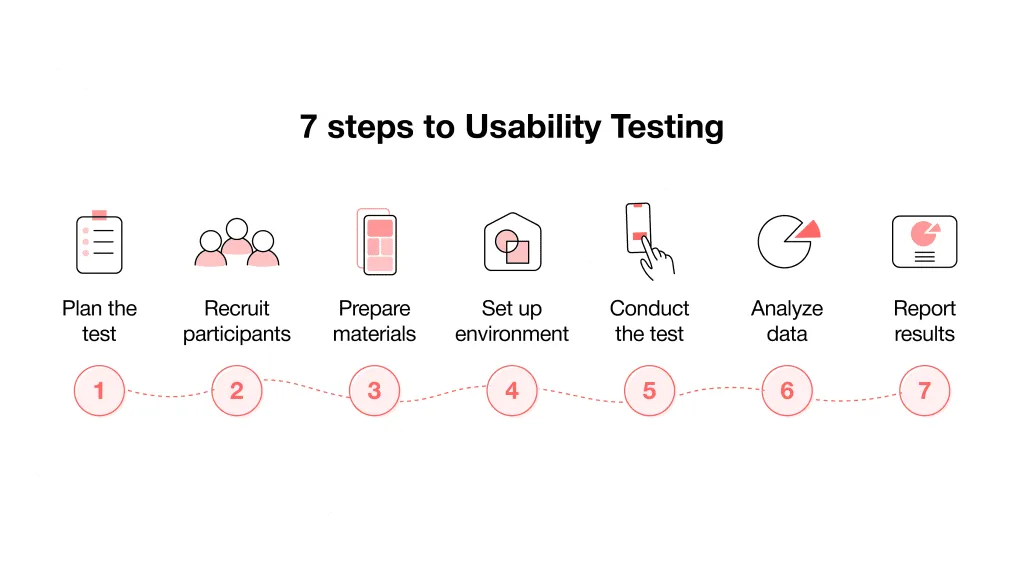You can design cool, but your product will remain unclaimed. And then there are two options: either you are an unrecognized genius, or you have poorly studied (or not studied) the needs of users. UX research was created to solve the second problem. If you want to make a product that the user needs and is profitable for you (the company), then UX research is an integral part of the design.
This article is for those who want to understand how to conduct UX research: and know what it is, what analytics methods exist, and how to use these methods in their work.






